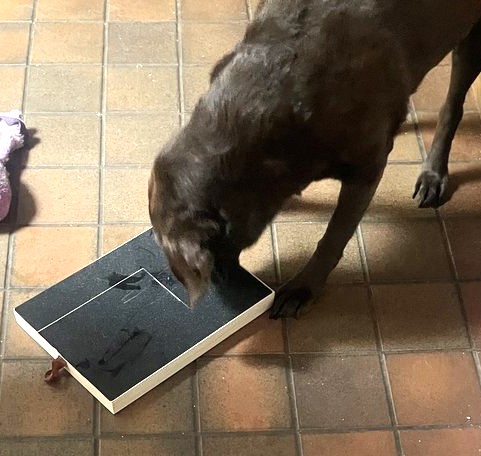Freemartin
A child I taught, and who is now a veterinary surgeon, lived on a smallholding and had a house cow. She was very excited one day to tell me that the cow had given birth to twins because that was very unusual.
If the twins are both female, the heifers will develop as normal females. If the calf twins are a male and a female, the female may develop as a freemartin.
A freemartin is an infertile heifer. It is often more aggressive than its female counterparts and displays masculine characteristics. The condition occurs because male and female twins share blood circulation through their placentas, and male hormones are transferred from male to female. In a dairy herd, this is not a happy outcome, as the heifer has underdeveloped ovaries, so will never calve and produce milk.
Twin births occur in 0.5% to 2% of all bovine pregnancies. Although not all mixed twin calves will result in freemartins, it does occur in 90% of all such pregnancies.
Freemartins occur in other species and have been recorded in sheep, pigs, and goats, where the incidence in each species is about 1%. They have been recorded and discussed since 27 BCE.
In Aldoux Huxley's grim dystopian novel, Brave New World, babies are created in artificial wombs and it is a matter of shame and scandal to conceive a child naturally within the World State. A freemartin is a female foetus exposed to male hormones to render her infertile. The practice is part of the government's plan to control the population and only 30% of the female population are not freemartins.

.jpg)

.jpg)
_(9499670924).jpg)

















